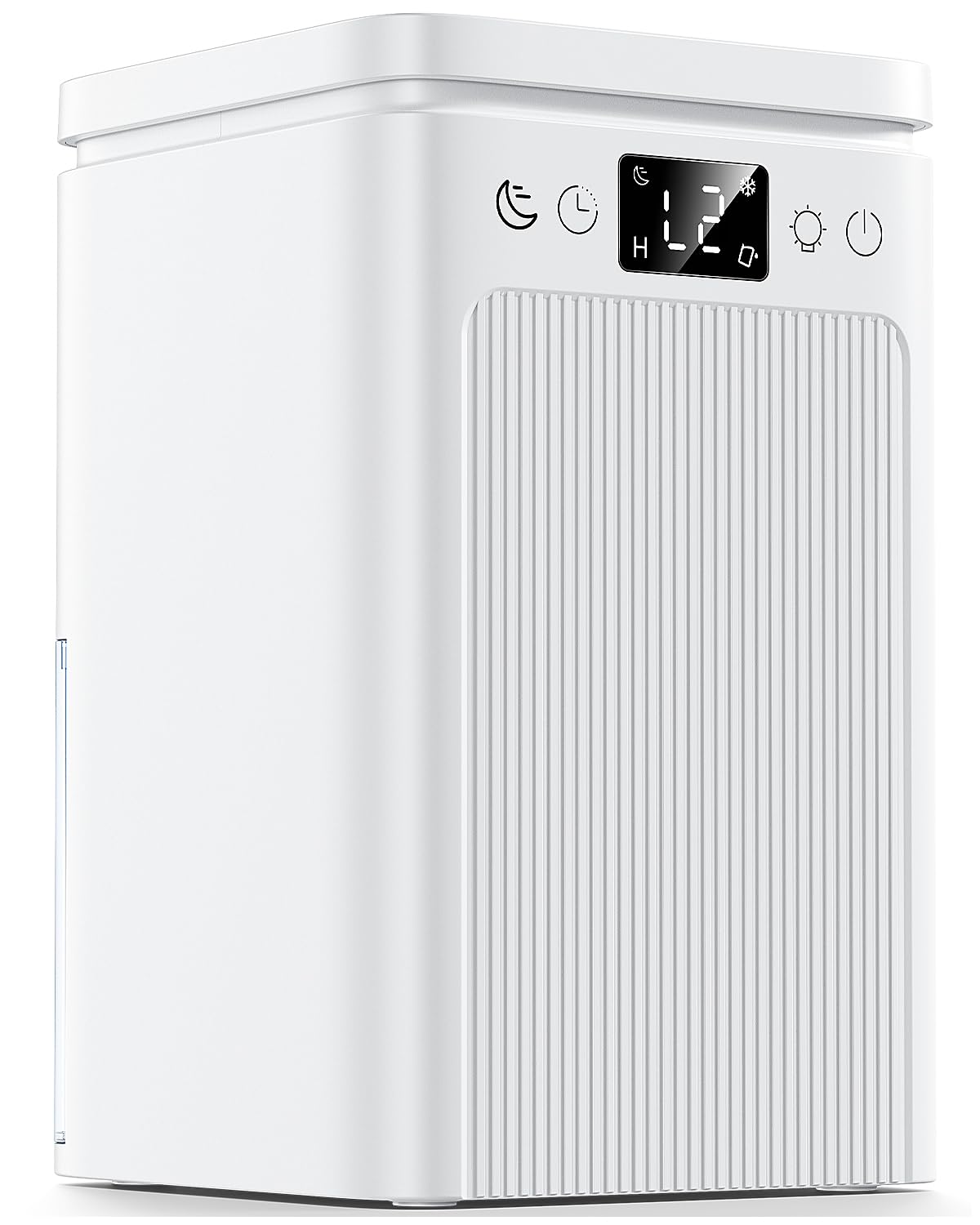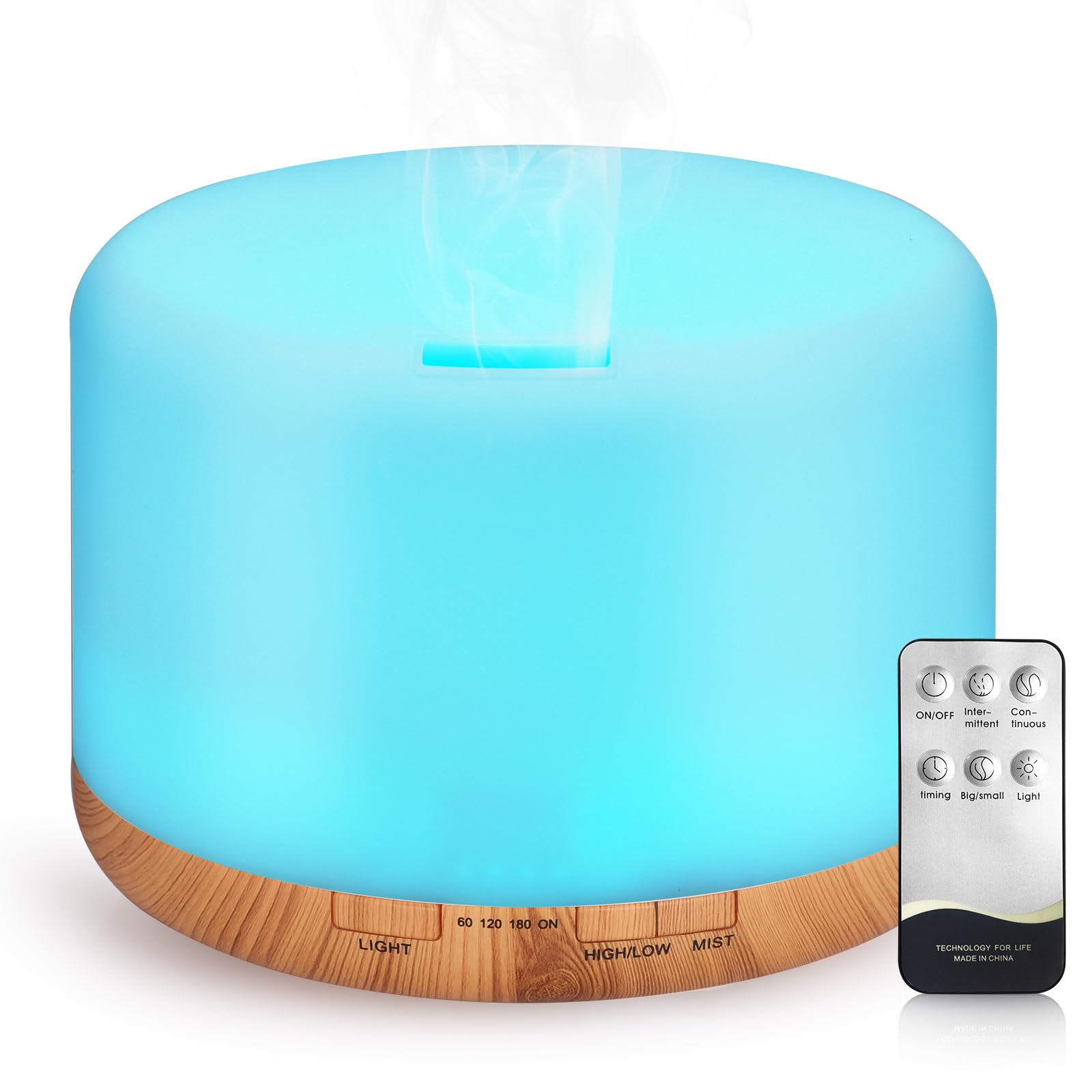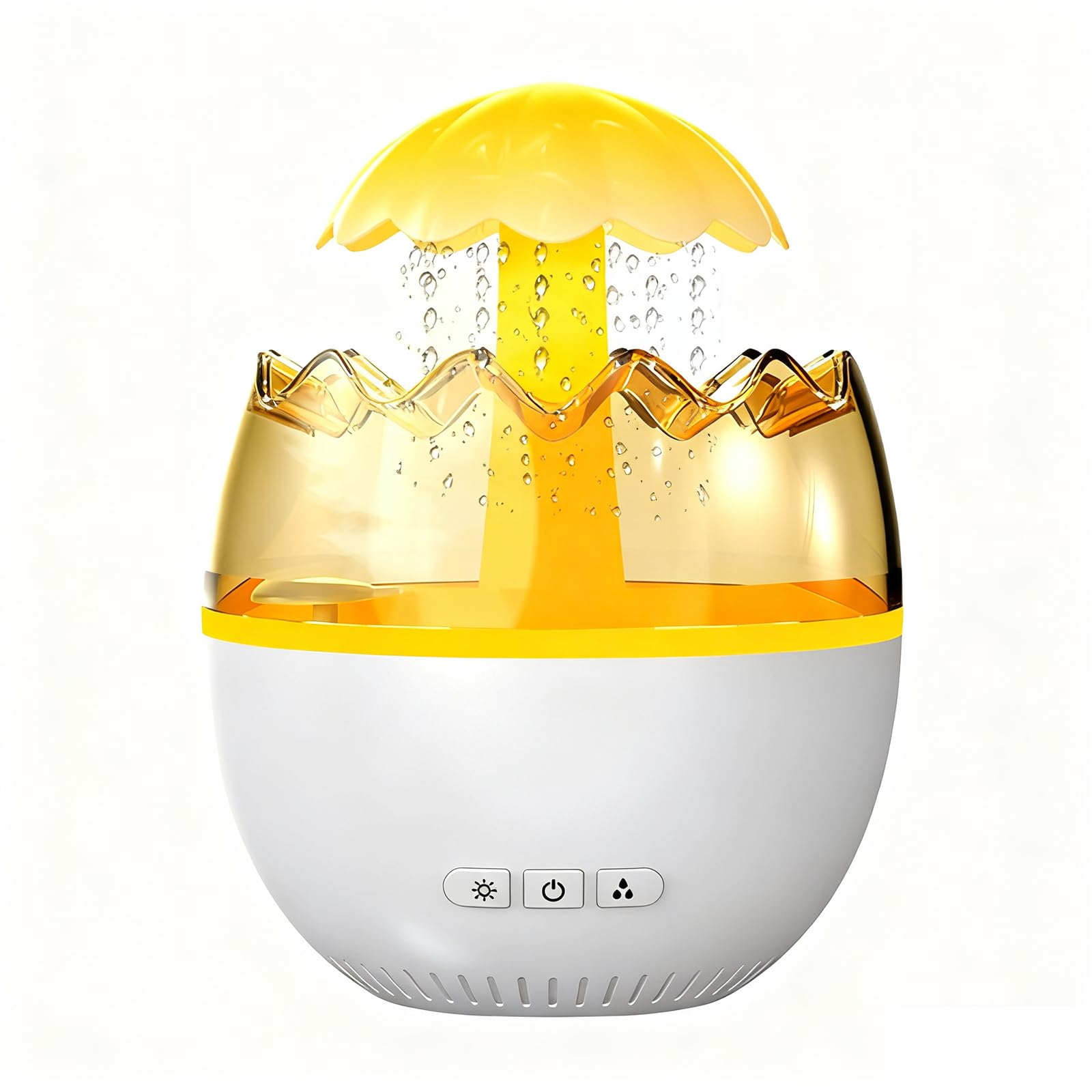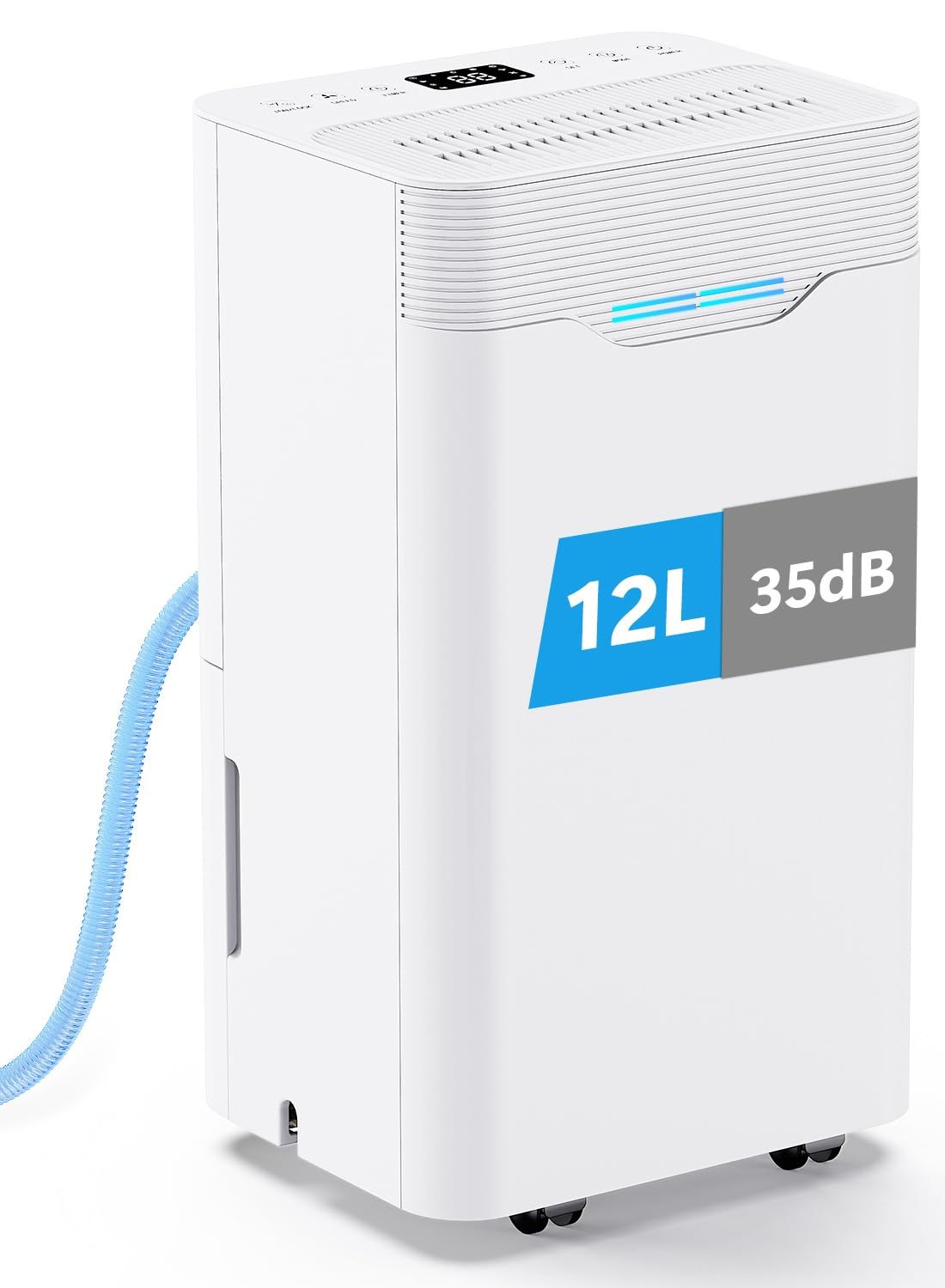When UK winter arrives and rooms cool down, some dehumidifiers slow to a crawl while others keep pulling water from the air. The difference is the drying technology. Compressor (refrigerant) units excel in warmer rooms. Desiccant units shine when the temperature drops. This guide compares extraction, energy per litre, noise and the best rooms for each type so you can choose the right machine for damp bedrooms, garages and winter laundry.
Dry bedrooms benefit from humidifiers sized for the space.
How Each Type Works
A compressor dehumidifier works like a small fridge. Moist air passes over a cold coil, water condenses and drips into the tank. It is most efficient at room temperatures around 20 degrees Celsius and above. A desiccant dehumidifier uses a moisture absorbing rotor. Air passes through, the rotor captures water and a small heater dries the rotor so moisture collects in the tank. This process remains effective in cooler rooms where compressor coils cannot reach a big enough temperature difference to condense water efficiently.
Extraction and Energy in Winter
In a heated living room or a warm bedroom, a compressor model usually removes more litres per kilowatt hour because the conditions favour condensation. In a cold conservatory, unheated utility room or garage, a desiccant unit continues to remove moisture while a compressor unit may defrost frequently and slow down. If your space is cool to cold, desiccant is the practical choice for winter. If your space is warm, a compressor unit saves energy per litre.
Laundry Drying Performance
Many desiccant models deliver noticeably warm outlet air, which helps dry clothes on an airer during winter. Place the unit one to two metres from the airer with the outlet facing the clothes and run laundry mode for a couple of hours. Compressor models can also dry laundry well in heated rooms, but in cold spaces the desiccant’s warmth and extraction consistency give it the edge.
Noise Differences
Noise depends on the fan and the build of the unit, but desiccant models often have a softer sound profile without the compressor hum. Some people find them more pleasant for bedrooms, though they can draw more power. Check decibel ratings and real world reviews if you are sensitive to sound at night. In any case, running on a lower setting overnight and boosting during the day is a good routine.
Best Rooms for Each Type
Choose a compressor unit for heated living rooms, warm bedrooms and open plan spaces. Choose a desiccant unit for unheated rooms, garages, conservatories, loft spaces and other areas that sit well below typical indoor temperatures in winter. For mixed use, a desiccant unit offers more consistent performance as winter temperatures swing, especially in older, less insulated homes.
FAQs
Cold‑room performance and laundry modes are compared in dehumidifiers for UK homes. Cleaner air during winter projects often comes from pairing with a sealed‑filter purifier.
Which type costs less to run? In warm rooms, compressor units remove more water per unit of energy. In cold rooms, desiccant units keep extracting while compressor models may stall, which can make desiccant more effective overall.
Will a desiccant dehumidifier heat the room? The outlet air is warm and can raise room temperature slightly, which helps with laundry drying and comfort in small spaces.
Can I use a compressor model in a cold garage? It will run, but efficiency drops and defrost cycles increase. A desiccant unit is better suited for cold spaces.





